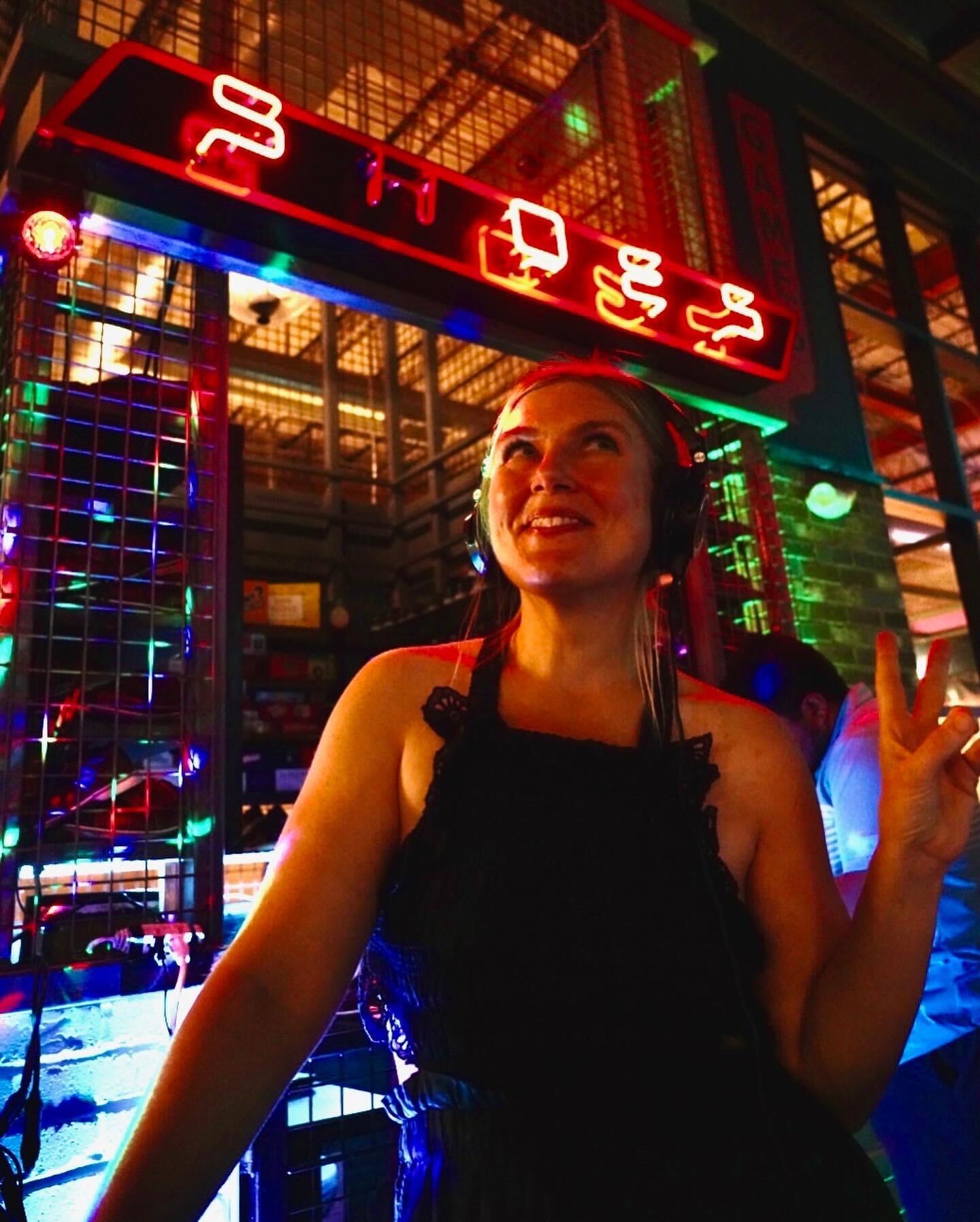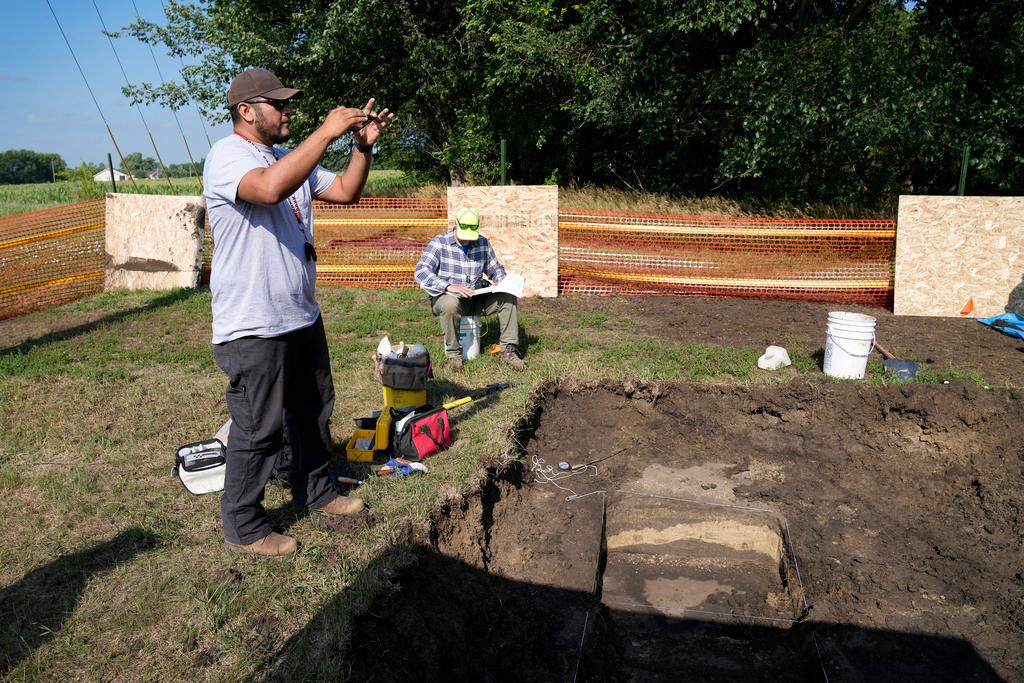
Night skies lit in green and purple dazzled viewers across the Northern Hemisphere last weekend.
The widespread aurora was the side effect of a powerful geomagnetic storm, which had the potential to wreak havoc on satellites and power systems. It appears, however, that most people will remember the event as their first glimpse of a galactic light show usually reserved for communities at far higher latitudes.
Shawn Dahl, a space weather forecaster at the nation’s Space Weather Prediction Center in Boulder, takes some credit for the relative lack of problems. By carefully monitoring the sun, he said his office at the National Oceanic and Atmospheric Administration was able to give key sectors—like airlines and power grid operators—a six-hour warning about the incoming rush of charged particles.
“They were able to avoid any power loss, meaning a blackout across entire states in this particular instance,” Dahl said. “We've already received feedback that our support was absolutely critical to maintaining their operations during this event.”
That success, he said, proves the importance of his dimly lit office just below the Boulder Flatirons. The operation looks like mission control for humanity’s great battle against the sun. Screens blanket the walls with satellite images of the gaseous orb, its churning surface rendered in pink, yellow, and green. Another monochrome picture shows a black disk surrounded by the solar corona, a crown of pulsating plasma usually only visible during a full eclipse.
Those monitors will continue to pick up evidence of major electromagnetic storms over the next few years. That’s because 2025 marks the peak of the next solar maximum, a period of heightened activity occurring every 11 years.

As the celestial body grows more turbulent, Dahl said the planet is at greater risk of a “benchmark” solar storm like the 1859 Carrington Event. Historical records suggest the storm triggered brilliant auroras above Colorado, which were bright enough to trick miners into thinking the sun had risen on a cloudy day. Some even started making coffee and breakfast at 1 a.m.
A similar event could have far more serious impacts on modern society. A severe electromagnetic storm could induce currents along transmission lines, knocking out major sections of the power grid. Airline passengers could experience unsafe levels of radiation. GPS systems could fail to operate amid the magnetic eruption. At the same time, the rise in solar activity could cause Earth’s atmosphere to expand, dragging satellites out of orbit and sending them crashing toward the surface.
“That's what we're trying to avoid here, but there will be a point in time where one of these events— even though we're mitigating it — may be unmanageable, which is why our government continues to be involved,” Dahl said.
The Carrington Event, Dahl said, was five to 10 times more powerful than the most recent solar storm, but the arrival nevertheless provided an opportunity for the prediction center to test its procedures.
Ken Tegnell, another forecaster at the prediction center, said the first sign of trouble was a cluster of sunspots 16 times the diameter of Earth labeled active region 3664. Early last week, it sprayed half a dozen coronal mass ejections. While the direction of those eruptions wasn’t immediately clear, he said satellites indicated the pulses were headed directly toward Earth a few days later.

In response, the SWPC issued a G4 watch, the highest warning for an incoming solar storm, and predicted it would hit on May 11. The alert marked the first time the office had issued such a severe warning since 2005.
As the storm drew closer, the center held a hotline call for key economic sectors vulnerable to solar storms. Dahl credits the early heads-up with giving grid operators hours to shift electricity and protect critical power infrastructure. It also helped airlines reroute some flights away from areas with higher levels of electromagnetic activity, he said.
The center has since tried to collect evidence of any storm impacts. So far, it appears the storm didn’t trigger any major blackouts like the 2003 Halloween Storm, an electromagnetic event that triggered power losses in Sweden and South Africa.
Dahl, however, heard the solar storm may have left a mark on his family’s farm in North Dakota. After the event, his nephew called to say his brother-in-law paused their planting operation after their tractor’s GPS systems went haywire. Other farmers reported a similar loss of location services, making it impossible to sow seeds in precision rows without overlaps.
“These are the kind of effects and impacts that we've been saying are possible with these storms, and, sure as heck, it materialized right in front of my family and others,” Dahl said.









